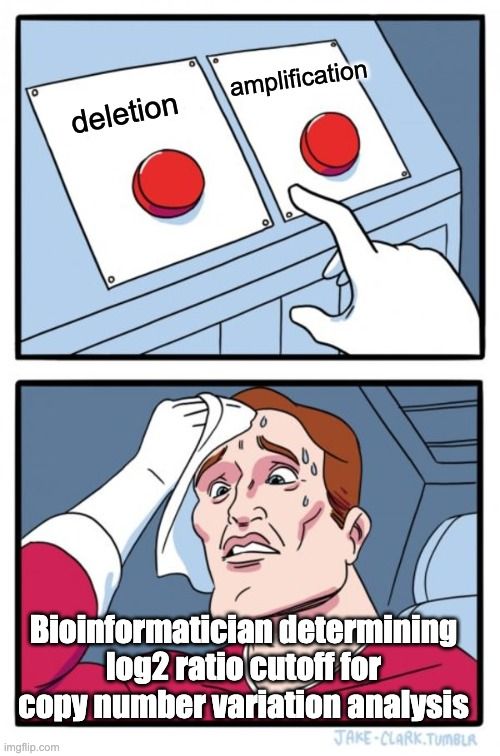
tommytang.bio.link
Yesterday, drizzling rain. Daycare pickup.
The teacher opened the door with my 3-year-old—tears on her face, wet pants. She'd had an accident.
Too absorbed in play, drank too much water, didn't make it in time.
Yesterday, drizzling rain. Daycare pickup.
The teacher opened the door with my 3-year-old—tears on her face, wet pants. She'd had an accident.
Too absorbed in play, drank too much water, didn't make it in time.


I get asked this all the time. Here’s my approach: 👇

I get asked this all the time. Here’s my approach: 👇
I got in the car, ready for my podcast.
That's when I learn—interviews, ideas, frameworks. Maximize the time.
I hit play.
Nothing.
The Bluetooth wasn't connecting. I tried again. Still nothing.
I got in the car, ready for my podcast.
That's when I learn—interviews, ideas, frameworks. Maximize the time.
I hit play.
Nothing.
The Bluetooth wasn't connecting. I tried again. Still nothing.
You can’t model what you don’t understand. Let’s talk about the real bottleneck in public data: metadata. 🧵

You can’t model what you don’t understand. Let’s talk about the real bottleneck in public data: metadata. 🧵
How a wet lab student became a bioinformatics lead in a Pharma company
My story. 🧵

How a wet lab student became a bioinformatics lead in a Pharma company
My story. 🧵
An elderly couple, walking slowly along the street. Holding each other.
November in Boston—cold, grey, unforgiving.
I recognized them. Our neighbors. The ones who let kids use their backyard play set.
An elderly couple, walking slowly along the street. Holding each other.
November in Boston—cold, grey, unforgiving.
I recognized them. Our neighbors. The ones who let kids use their backyard play set.


Naive, overwhelmed—and asking “basic” questions on seqanswers.com. 🧵

Naive, overwhelmed—and asking “basic” questions on seqanswers.com. 🧵
8:40 am. School starts at 9:00 am. My kids were eating cereal, talking, laughing—completely oblivious to the time.
"We need to go. Now."
They moved slowly. We rushed to the car. Ten-minute drive to school. We'd make it, barely.
8:40 am. School starts at 9:00 am. My kids were eating cereal, talking, laughing—completely oblivious to the time.
"We need to go. Now."
They moved slowly. We rushed to the car. Ten-minute drive to school. We'd make it, barely.


What’s “significant”? What’s not?
Let’s talk thresholds—and how they shape your science.

What’s “significant”? What’s not?
Let’s talk thresholds—and how they shape your science.
bsky.app/profile/sara...
Frustrated, I started a session just to teach R to Claude and summarize what it learned into a CLAUDE.md file gist.github.com/sj-io/3828d6...

bsky.app/profile/sara...
Strive to live a good day, every day.
Enjoy what you are doing.
Stay with those you love and people who love you.
And you will have lived a good life. #lifelesson
Strive to live a good day, every day.
Enjoy what you are doing.
Stay with those you love and people who love you.
And you will have lived a good life. #lifelesson
Kids running to get water. Parents chatting on the sidelines. The usual chaos.
I pulled out my book and started reading.
Kids running to get water. Parents chatting on the sidelines. The usual chaos.
I pulled out my book and started reading.

ComplexHeatmap is my go-to package for making a heatmap.
and my earliest github issue goes back to 2016. github.com/jokergoo/Co...

ComplexHeatmap is my go-to package for making a heatmap.
and my earliest github issue goes back to 2016. github.com/jokergoo/Co...
Here’s why communication is your most underrated tool 🧵

Here’s why communication is your most underrated tool 🧵
Kids running, yelling, chasing the ball. "Stop it!" "Over here!" Pure energy.
Then the goalkeeper missed a save.
The ball bounced weird, slipped past him. Goal.
Kids running, yelling, chasing the ball. "Stop it!" "Over here!" Pure energy.
Then the goalkeeper missed a save.
The ball bounced weird, slipped past him. Goal.

Striking heatmaps.
Big discoveries.
But before the analysis, comes one boring step you can't skip:
QC.
It’ll save your science. 🧵

Striking heatmaps.
Big discoveries.
But before the analysis, comes one boring step you can't skip:
QC.
It’ll save your science. 🧵

